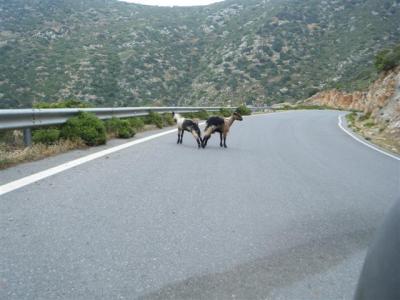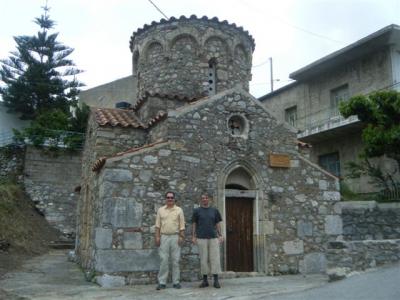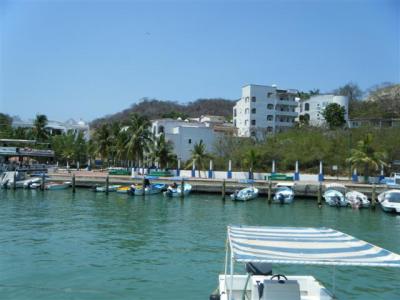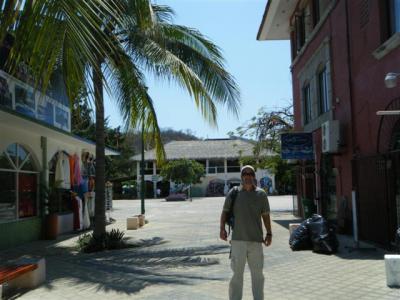Volume 1, of the yet untitled book covering San Diego to Australia will hopefully be ready to purchase soon. Many people have asked us why they should buy our book if they can read our blog for free. Here are a few good reasons:
- Prologue: How we formed the dream and the early planning stages.
- The entire 21 day passage from San Diego to Nuka Hiva has been re-written. At that point, the blog was in real time and we didn’t want people to worry about us. But the truth was that it was tough!
- Many new stories from the journey – And there are some really good ones!
- In Retrospect sections with great insights — so you can see the situation through the eyes of a newbie as we learn, while simultaneously seeing the same situation through the eyes of experience.
- Streamlined stories – some complained our posts were too long and detailed, and the book is a condensed version they will enjoy more.
- Formatting is first person, through Christi’s eyes – Some complained they didn’t like the third person format, so they will enjoy the book more.
- Actual dates on each post. On the blog, the dates are not real time, which is a significant piece of information for anyone hoping to follow in our footsteps.
- All profits will go to our cruising fund. The more books we sell, the sooner you can start reading about our next journey! So, buy one and get all your friends to buy one, too!




